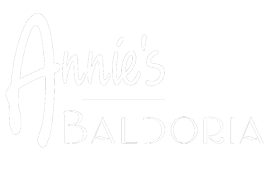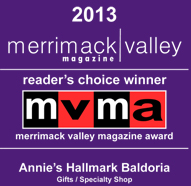Invitation Printing: Letterpress, Thermography, Engraving: which printing style is for you?
Warning: count(): Parameter must be an array or an object that implements Countable in /home/commcomm/public_html/wpsites/annwp/wp-content/plugins/really-simple-facebook-twitter-share-buttons/really-simple-facebook-twitter-share-buttons.php on line 514
Ordering save-the-dates, wedding invitations, and other announcements can become a daunting experience when trying to narrow your options. Many people have a general feel for the type of invitation they want . . . but become easily confused when faced with so many options.
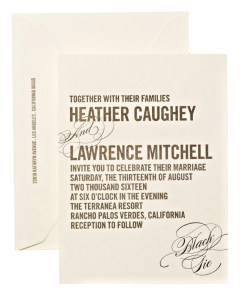 Let us explain the three main types of invitation printing styles:
Let us explain the three main types of invitation printing styles:
Letterpress
Letterpress printing is the oldest form of printing, dating back to the mid-1400s. This process is the most elegant, and requires that the printer arrange by hand your text on a press which will then be coated in ink and pressed against the invitation paper using high pressure. The paper must be thick in order to prevent tearing, and upon completion you can feel the indented wording on the front and the back as well. An elegant print style, less expensive than Engraving.
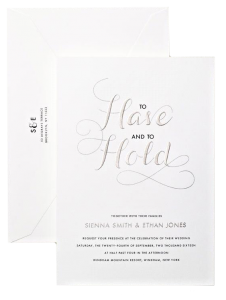
Engraving
Engraving adds an elegant touch to your invitations and goes a step further than letterpress in terms of customization. The engraving process uses an actual image of your wording that is carved onto a metal plate. (The plate is yours to keep afterward). The metal plate is heated behind the paper while ink is forced over the raised lettering. This intense process requires a thicker paper be used to avoid tearing. This process also oftentimes gives you more options with spacing and fonts, allowing you to create a more unique wedding invitation.
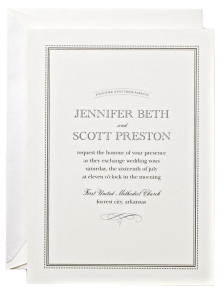
Thermography
Thermography is a great option when budget is a consideration when ordering wedding invitations or other announcements. This process is ideal for those individuals who are looking to get a similar “engraved” effect on their invitations without the same price tag.
Instead of creating a plate to raise the letters off the paper, a resinous powder is added to the ink which gives it a slightly raised effect when heated. Because there is no carved metal plate or hand-set press involved, this process is often not only less expensive but enjoys a quicker turn-around time.
View Blog Page
